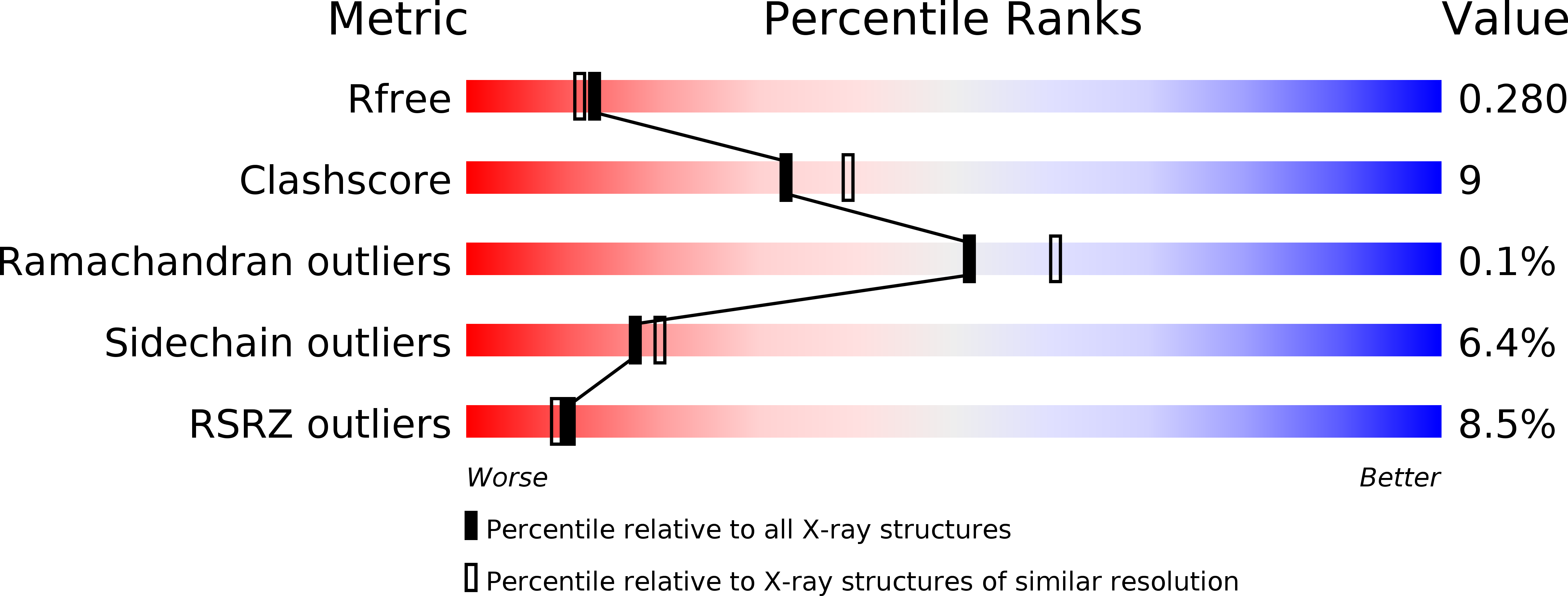
Deposition Date
2008-04-02
Release Date
2008-07-01
Last Version Date
2023-11-01
Entry Detail
PDB ID:
3CQ4
Keywords:
Title:
Histidinol-phosphate aminotransferase from Corynebacterium glutamicum
Biological Source:
Source Organism:
Corynebacterium glutamicum (Taxon ID: )
Host Organism:
Method Details:
Experimental Method:
Resolution:
2.20 Å
R-Value Free:
0.27
R-Value Work:
0.23
R-Value Observed:
0.23
Space Group:
P 32 2 1


